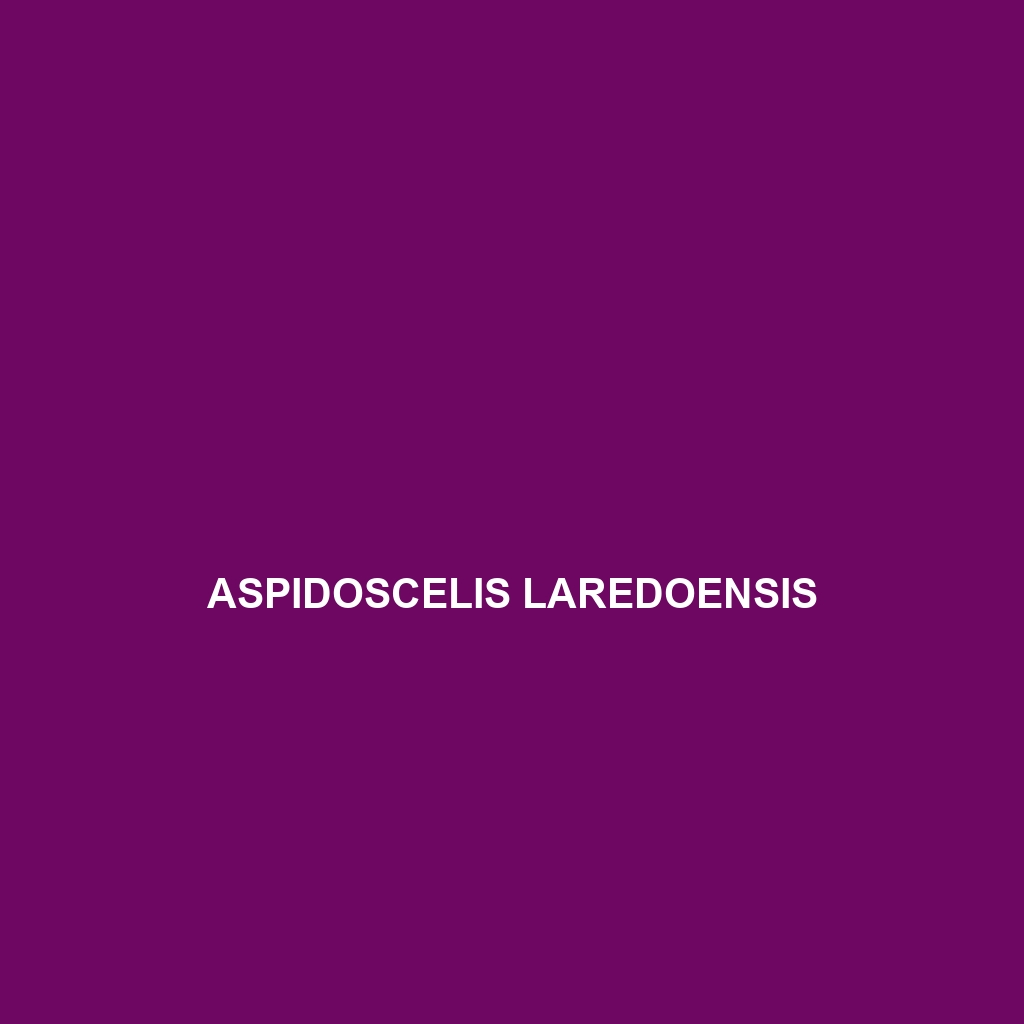Common Name: Asaccus kurdistanensis
Scientific Name: Asaccus kurdistanensis
Habitat:
Asaccus kurdistanensis, commonly known as the Kurdistan rock gecko, is primarily found in the mountainous regions of the Kurdistan area in Iraq and adjacent parts of Iran and Turkey. This species typically inhabits rocky slopes, cliffs, and caves, favoring arid and semi-arid environments where they can find shelter and ample food sources.
Physical Characteristics:
The Kurdistan rock gecko is characterized by its small to medium size, measuring up to 10 cm in length. Its color varies from light brown to grey, often featuring distinctive dark mottling that provides excellent camouflage against rocky surfaces. Additionally, they possess large, expressive eyes and a flattened body shape that aids in their arboreal lifestyle.
Behavior:
This species exhibits a primarily nocturnal behavior, becoming active at dusk and dawn to hunt for insects and other small invertebrates. Asaccus kurdistanensis is known for its agility, adeptly navigating its rocky habitat. It also practices thermoregulation, basking in the sun during the day on warm rocks before retreating to cooler, shaded areas as temperatures rise.
Diet:
The diet of Asaccus kurdistanensis mainly consists of a variety of insects such as crickets, beetles, and moths. These geckos are opportunistic feeders, and their diet can vary depending on the seasonal availability of food sources. Their ability to hunt effectively at night helps them capitalize on the abundance of nocturnal insects.
Reproduction:
Asaccus kurdistanensis reproduces sexually, with mating occurring in the spring months. The female typically lays a clutch of 2 to 4 eggs in sheltered locations such as crevices or under stones. The eggs incubate for approximately 30 to 60 days before hatching, at which point the young geckos are fully independent and begin to establish their territories.
Conservation Status:
Asaccus kurdistanensis is currently classified as “Vulnerable” due to habitat loss and degradation. Factors contributing to its status include urban expansion, mining activities, and climate change, which threaten its natural environment.
Interesting Facts:
This species is notable for its unique ability to change color slightly based on environmental factors, which enhances its camouflage. Additionally, Asaccus kurdistanensis can make a range of vocalizations to communicate with each other, particularly during the breeding season.
Role in Ecosystem:
Asaccus kurdistanensis plays a vital role in its ecosystem as a predator of insects, helping to maintain the balance within food webs. Their presence indicates a healthy environment, and they are a food source for larger predators, thereby contributing to the biodiversity of their mountainous habitat.
